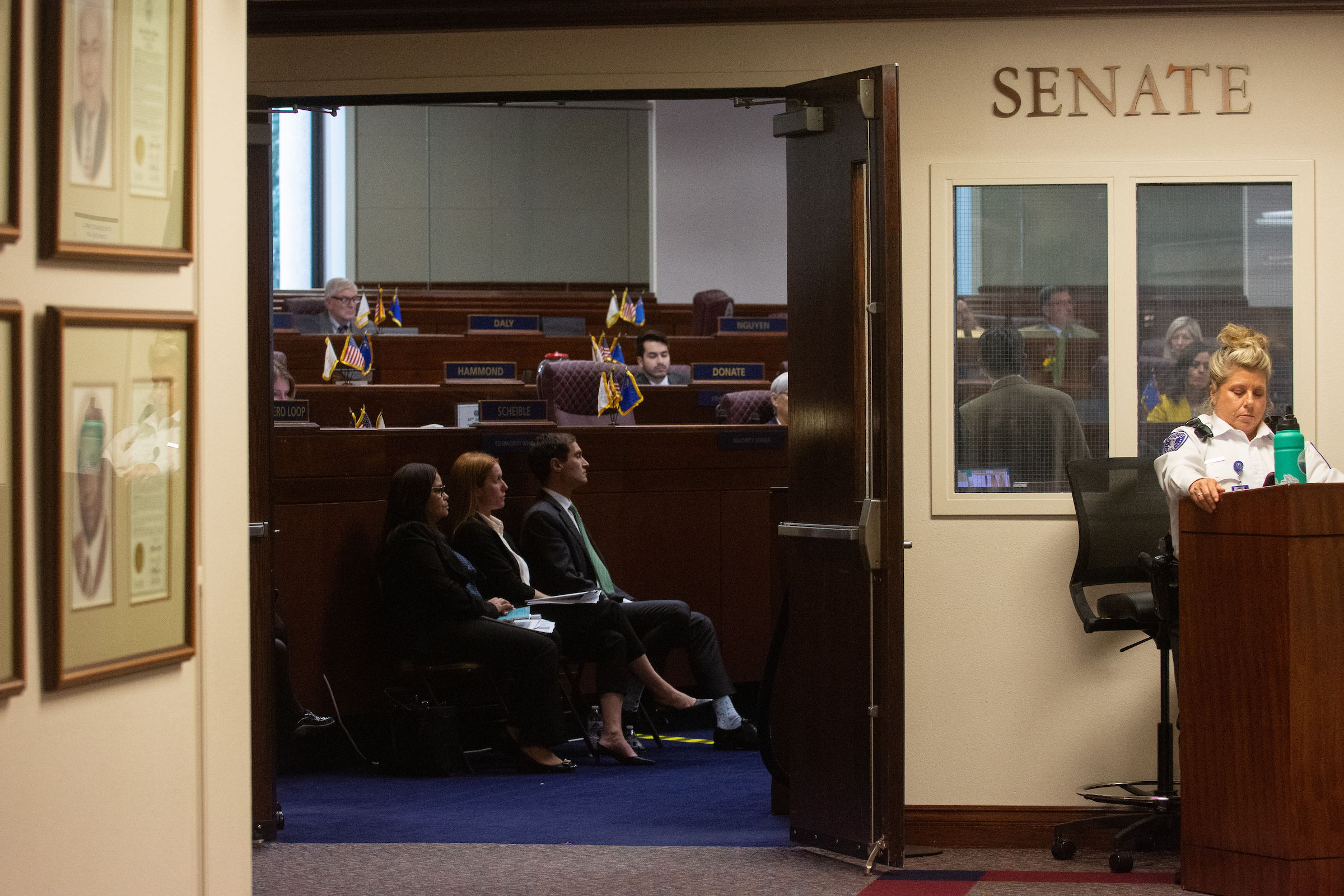How does the community benefits plan for the A’s compare to the Raiders’ stadium plan?

In hearings on a bill that would use $380 million in public funds to bring the Oakland Athletics to Las Vegas, Nevada lawmakers have raised questions about what the community would get in return for its investment.
Early in the special session, Sen. Edgar Flores (D-Las Vegas) said in a hearing that after the 2016 stadium deal to attract the Raiders, “the community benefits program that was promised was not delivered.”
SB1 calls for a community benefits plan — a set of requirements for financial investment and engagement in the Las Vegas community through outreach, education, and employment programs.
But critics were concerned that the original version of the bill did not give enough teeth to the plan which, like the community benefits section of the 2016 bill, only specified that the stadium would ensure “the greatest possible participation by all segments of the local community” in design, construction and operation stages.
Unclear data about the follow-through on the Allegiant Stadium community benefits plan was a recurring theme in lawmaker comments about the A’s bill.
The Allegiant Stadium deal required quarterly reports on the community benefits plan during construction and annual reports once the stadium became operational in July 2020. The reports can be found on the Las Vegas Stadium Authority website under the board meeting at which they were presented, rather than the “Community Benefits” or “Reports” tab.
Stadium Authority Staff Lead Brian Haynes told The Nevada Independent in an email that a website update is “on the docket.”
The most recent reports are also embedded below.
After two amendments were adopted to the A’s bill on Tuesday, the community benefits section contains specifications for workforce diversity and living wage goals; programming and financial commitments to the Las Vegas community; and appointment, reporting and enforcement standards.
The amendment specified that the stadium developers and the A’s will be responsible for a number of educational programs, such as baseball training for underserved youth and internships at the stadium. It also requires reporting every two years on the progress of the community benefits plan and a review and update of the plan at least every five years.
Flores, one of the critics of the original A’s community benefits plan, voted in favor of the amended bill. On the Senate floor Tuesday, he explained that the new plan met “every single request” he made for stricter requirements.
A third amendment was adopted on Wednesday afternoon that increased the stadium’s required financial commitment to the community as well as the qualifications for the community benefits director.
The new specifications in the A’s bill closely resemble the community benefits plan that was developed by the benefits oversight committee for Allegiant Stadium and the Raiders. The biggest difference between the two plans is that the A’s version is enshrined in law and allows for legal recourse for unresolved compliance issues.
The Allegiant Stadium oversight committee was created by the 2016 law, but its standards, reporting requirements and noncompliance resolution exist only in a Las Vegas Stadium Authority document — not in state law.
See below for a breakdown of the similarities and differences between the two community benefits plans.
